
|
|
|
| synonym |
|
| description |
A distinctive, boldly marked reddish species with a prominent transverse red band across the middle of the wings, characteristic for this species; the width of the band can vary slightly among individuals, and there is a dark spot on the costal margin of the band on each wing. The pronotum is almost entirely reddish, though this color can vary from red to a combination of red and black in darker individuals. The tips of the wings are blackish-brown. The vertex sometimes has parallel orange submedial lines, often with a lateral branch, and a pale midline in between. The face is pale, as is the thoracic venter. There are two color variations for this species. The first, typical form has brown extending across the anterior half of the mesonotum. Form 'complementa' lacks the brown on the mesonotum which is otherwise completely yellow. Depending on the age of the individual, the vittae (stripes) on the wings can vary in color from yellow to red, with redder individuals also known as var. 'rubravitta'. Adults are 3.0-3.2 mm long. (Dmitriev & Dietrich, 2007)
For more images of this species, see: BG. |
| distribution |
Eastern and central United States (3I) |
| abundance |
Scattered records across the state, mostly from the Piedmont and western Coastal Plain where it is common; likely more abundant across the state in the right habitat. |
| seasonal_occurrence | |
| habitat |
Has been found in mixed hardwood forest, forest edge, and adjacent habitats. |
| plant associates |
Primarily Vitis spp. (Dmitriev & Dietrich, 2007). Also reported from Ilex decidua, Cercis canadensis, and Ulmus alata. For a list of other plants this species has been collected on, see 3I. |
| behavior |
Can be attracted at night with a light. |
| comments |
NOTE: Dark individuals of E. diva could be confused with individuals of E. tricincta with a reddish tint to the bands; however, note that the pronotum of tricincta is dark brown to blackish whereas it is predominantly reddish in diva (though can be a dark red, not as vibrant as typical diva), contrasting with the dark brown scutellum. |
status |
[Native:]
[Introduced:]
[Extirpated:] | | list_type |
[Official:]
[Provisional:] |
| adult_id | Unmistakable and widely known Identifiable from good quality photos of unworn specimens
Identifiable from photos showing undersides, or other specialized views [e.g., legs, face]
Identifiable only by close inspection of structural features or by DNA analysis NULL |
| nymph_id | Unmistakable and widely known Identifiable from good quality photos, especially where associated with known host plants
Identifiable from close inspection of specimens or by DNA analysis
Identifiable only through rearing to adulthood NULL |
| G_rank |
|
| S_rank |
|
| rank_comments |
|
| tribe |
Erythroneurini |
| subgenus |
|
Species Photo Gallery for Erythroneura diva No Common Name |
 | Photo by: Kyle Kittelberger, Brian Bockhahn, Paul Scharf, Patrick Coin
Halifax Co.
Comment: grassy area and mixed hardwood forest edge near pine forest | 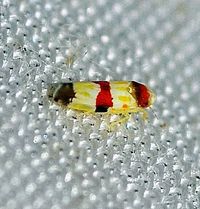 | Photo by: Paul Scharf
Warren Co.
Comment: Caught Sweeping |
 | Photo by: Paul Scharf, Brian Bockhahn
Burke Co.
Comment: Attracted to Black Light |  | Photo by: Kyle Kittelberger
Wake Co.
Comment: mixed hardwood forest habitat |
 | Photo by: Kyle Kittelberger
Wake Co.
Comment: mixed hardwood forest habitat | 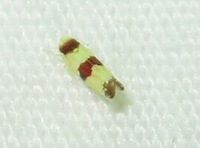 | Photo by: Brian Bockhahn
Gates Co.
Comment: |
 | Photo by: Shelley Rutkin
Forsyth Co.
Comment: Came to porch light |  | Photo by: Rob Van Epps
Mecklenburg Co.
Comment: Hardwood forest, attracted to black light. |
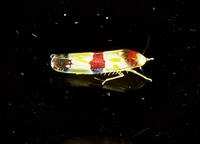 | Photo by: Jim Petranka
Madison Co.
Comment: | 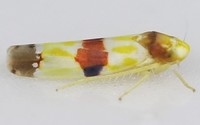 | Photo by: Rob Van Epps
Mecklenburg Co.
Comment: Attracted to UV light. Yard near woods. |
 | Photo by: Rob Van Epps
Mecklenburg Co.
Comment: Attracted to UV light. Yard near woods. | 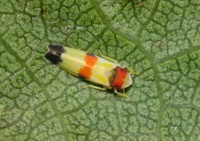 | Photo by: Scott Bolick
Forsyth Co.
Comment: |
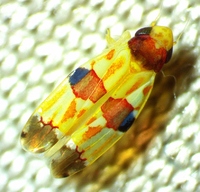 | Photo by: Ken Kneidel
Mecklenburg Co.
Comment: 3 mm | 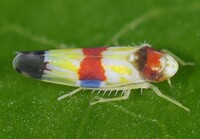 | Photo by: Rob Van Epps
Mecklenburg Co.
Comment: Attracted to UV light. |
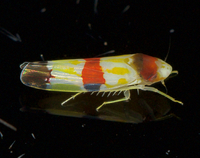 | Photo by: Jim Petranka
Madison Co.
Comment: |  | Photo by: Larry Chen, Sarah Toner
Scotland Co.
Comment: |
|

 »
»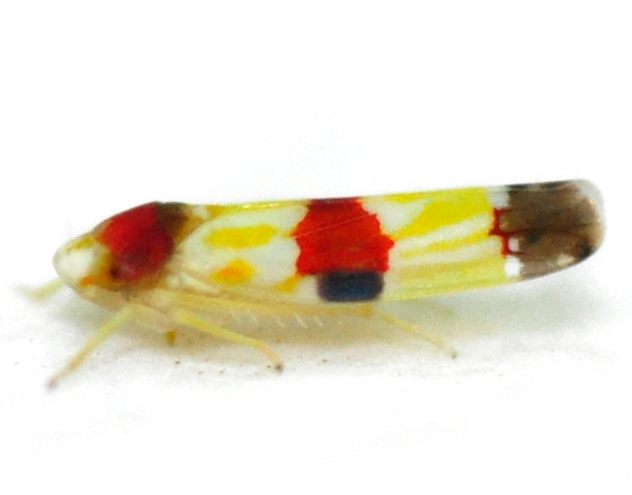
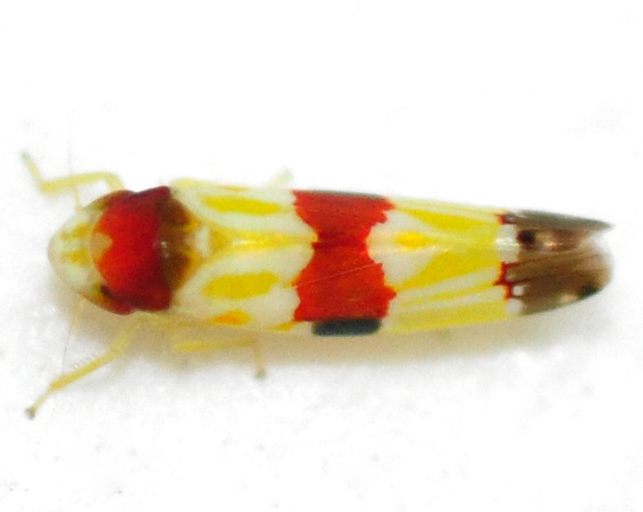
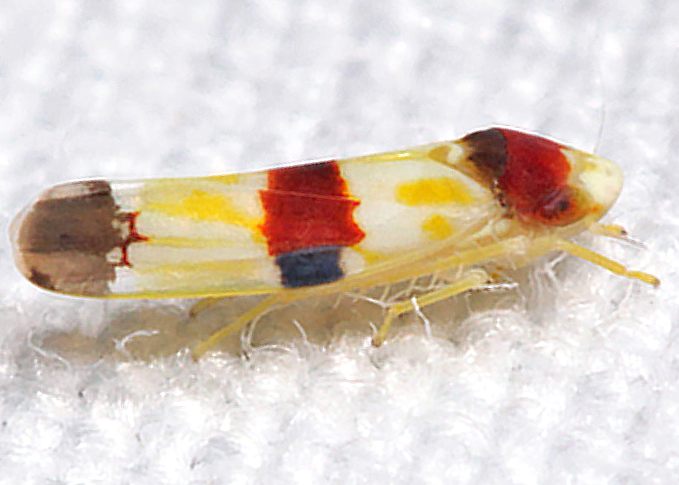
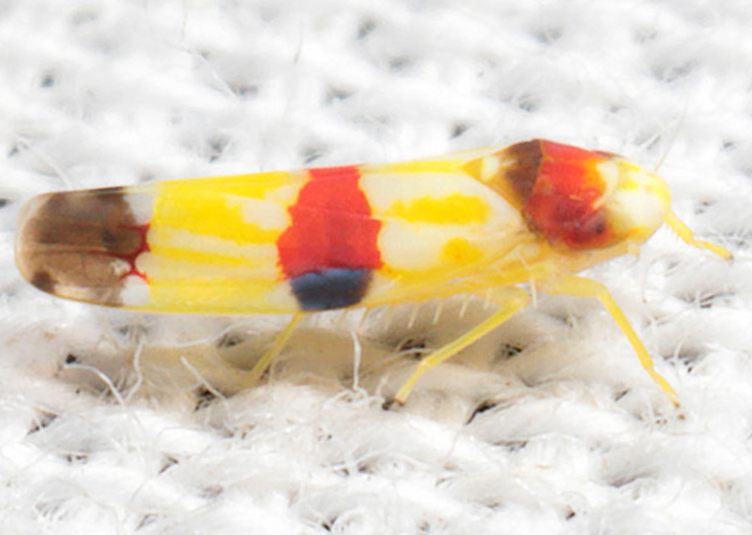

 »
»


